Which UNESCO Heritage Monuments Top the Lists in Greece?
Often, we think that the things we are going through or doing are unique to us. But if you look at history, you will realize that the same things keep happening over and over, albeit in different forms. For that reason, it has always been important for us to understand our pasts, as this can help us predict what will happen in our futures. And that is the very essence of a UNESCO World Heritage Site - these are places which once served crucial roles in previous societies. So, by understanding the stories behind them, we can learn from our ancestors and, perhaps, make better decisions moving forward.
We look at the top options in Greece and what makes them so special.
The Top 6 Sites
As of August 2025, Greece has 20 UNESCO World Heritage Sites, which is quite impressive. But for this guide, we will shift our focus to the following six sites:
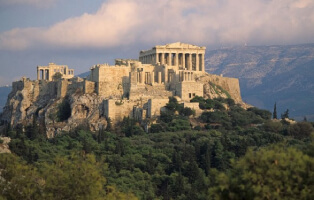
The Acropolis
When Athenians defeated the Persians back in the 5th Century BC, they wanted to honor Athena, the city's patron goddess, while also creating a fortress where they would be safe from other attacks. As such, they built the Acropolis on a hill where they could enjoy expansive views of their surroundings. In it, they housed many other structures, including the Parthenon, which is one of the most beautiful historical temples in the country. Till now, people continue to travel to this historical site where they get to see the beginnings of Western Civilization as well as appreciate the cultural and religious roots of the country.
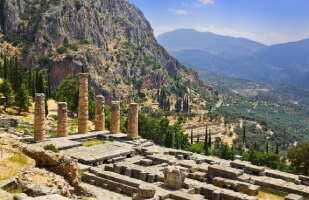
The Archaeological Site of Delphi
Delphi was a sanctuary set on a mountain where ancient Greeks would meet to worship the god Apollo while receiving prophecies. Records show that its structure changed over the centuries, but the most visible ruins date back to the 6th century BC. In it were a temple, a theater, a stadium, and many other monuments, showing that this was not just a place of worship but also a center where Greeks could enjoy other activities. It also serves to mention that the Pythian Games took place here. So, when visitors come here, they are able to take a step back into the ancient world where this site once served as a symbol of unity for the people.
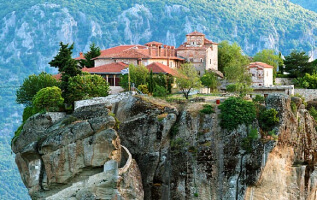
Meteora
While religion was ingrained in ancient Greek culture, people were not always free to worship. In fact, there came a time when monks had to escape to the mountains so that they could avoid religious persecution at a time when the country was also facing an unstable political climate. In their quest for a remote place where they could be closer to God and free to worship, they built the monasteries, which were between the 11th and 15th centuries. Some of these monasteries are still active today and provide a space where people can dive into ancient culture. And if you like beautiful backdrops, you will appreciate how the monasteries offer you an incredible view of the surrounding landscapes.

Mount Athos
Worldly distractions did not start in the digital age, where people can barely look up from their phones. If anything, they have existed for eons, as has been evidenced by this heritage site, which comprises monastic settlements. Records show that monks were eager to find a place where they could engage in prayer and worship without being interrupted or distracted. It is with this goal that they found themselves settling on this mount from the 10th century onwards. Soon enough, this mount became known as the Holy Mountain. Even today, pilgrims still make their way here, where they are able to escape the worldly pressures and focus on their spiritual journeys.
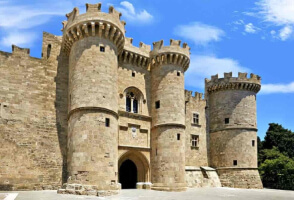
Medieval City of Rhodes
Once the Knights of St John of Jerusalem had lost their last stronghold to Palestine, they set their eyes on Rhodes and embarked on fortifying the city. Their goal was to ensure that they could protect themselves from the Ottoman Empire. They also wanted to establish a headquarters. So, between the 14th and 16th centuries, they set out to work on the city and thus created an outpost that served both military and commercial purposes. Since these fortifications are fairly new, many of the city's structures are still in place, and visitors get to see what it was like to live in these medieval times, complete with palace tours.
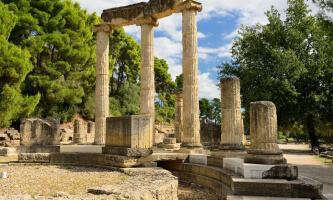
The Archaeological Site of Olympia
Our list would not be complete if we failed to mention the one site that served as a sanctuary to Zeus. After all, he is the father of the Olympian gods. People started holding games on this site to honor Zeus and promote peace and competition. The games, which started in 776 BC, would take place every four years. This tradition continued over the years, and in the 10th century BC, more structures were put up to serve these purposes - these are the ones that visitors see today.
With a trip to any of these sites, you are sure to have a better understanding of Greek culture and history.
